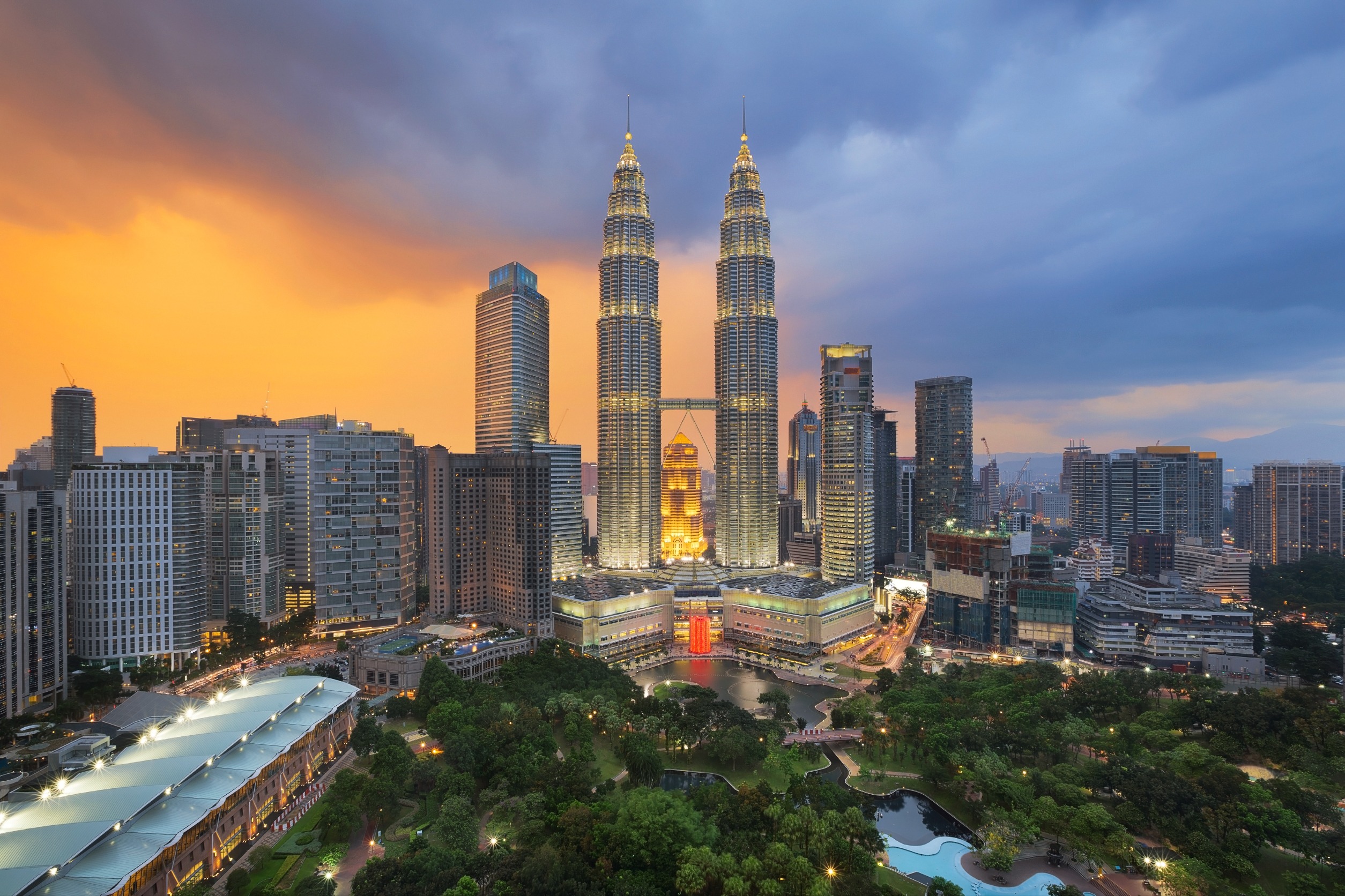KUALA LUMPUR – Malaysia’s drive to attract data centre investments worth billions of dollars could strain its water and electricity supplies in the coming years, say experts, particularly in industrialised states like Selangor and Johor.
Potential electricity demand from data centres is expected to hit over 5,000 megawatts by 2035, estimates national electricity company Tenaga Nasional Berhad (TNB). Data centre capacity is measured by the megawatts (MW) of electricity they consume.
Interest in new data centres, however, is far higher, with TNB having received applications for supply exceeding 11,000MW, according to a recent Affin Hwang Capital research report. This represents just over 40 per cent of Peninsular Malaysia’s existing installed power-generation capacity of about 27,000MW.
Meanwhile, a data centre with a capacity of 100MW uses about 1.1 million gallons of water per day for cooling, according to a study by Lawrence Berkeley National Laboratory. This is the equivalent of daily water usage for a city of 10,000 people.
Malaysia’s main water regulator, the National Water Services Commission, said in March that the country could face widespread water shortages in the next five years due to climate change, wastage and ageing infrastructure.
The government should implement policies to address the high energy and water usage by data centres, UOB Kay Hian Research analyst Chong Lee Len told The Straits Times.
“They enjoy an uninterrupted supply of power, but currently pay the same rate as other commercial entities. Data centres are also concentrated in areas like the Klang Valley and Johor which have for decades grappled with water supply shortages,” she said.
Malaysia has in recent years seen a surge in investment in data centres, with RM76 billion (S$21.7 billion) invested in data centres from January 2021 to March 2023, according to the Ministry of Investment, Trade and Industry.
The number of data centres is expected to double from the existing 45 sites nationwide, with an additional 44 sites in the pipeline, according to Ms Amy Wong, executive director for research and consultancy at Knight Frank, a real estate consulting firm.
These physical facilities house computing infrastructure that facilitates remote storage, processing and distribution of large volumes of data required by companies such as banks, manufacturers or online retailers.
Malaysia has in recent years seen a surge in investment in data centres, with RM76 billion (S$21.7 billion) invested in data centres from January 2021 to March 2023, according to the Ministry of Investment, Trade and Industry.
The number of data centres is expected to double from the existing 45 sites nationwide, with an additional 44 sites in the pipeline, according to Ms Amy Wong, executive director for research and consultancy at Knight Frank, a real estate consulting firm.
These physical facilities house computing infrastructure that facilitates remote storage, processing and distribution of large volumes of data required by companies such as banks, manufacturers or online retailers.
“People are too hyped up about data centres nowadays, but the issue in Johor is we do not have enough water and power,” said Datuk Noorazam during a panel discussion at Johor Conversations 2024, an event organised by GovInsider and Johor’s state government.
Currently, Johor hosts the bulk of the nation’s data centres, with 30 hyperscale sites. Hyperscale data centres are defined by global market intelligence and data provider International Data Corporation as a facility that should contain at least 5,000 servers and occupy at least 10,000 sq ft of physical space.
Industry players like Mr Gary Goh, chief executive of data centre advisory firm Sprint DC Consulting, said Peninsular Malaysia generates more power than it consumes, with 30 per cent to 40 per cent of it kept as reserves.
“That is sufficient to supply energy to new data centres currently,” he said.
Nevertheless, even industry players concede that without careful management, the demand for energy for data centres in the next 10 years could surpass the available power supply.
“Our energy reserves may not be able to handle the data centre growth in 10 years. The government needs a short-term and long-term plan on electricity supply and distribution,” said Mr Chin Soo Mau, managing director of Pekat Group, which supplies solar systems.
The authorities in Johor are starting to put in place measures to address these concerns, appearing to take a leaf from Singapore’s book.
On May 30, Singapore announced that at least 300MW of data centre capacity will be added in the next few years, but with another 200MW allocated only for operators who use green energy options.
Johor Investment, Trade and Consumer Affairs Committee chairman Lee Ting Han told ST that starting in June, the state government will implement guidelines requiring new data centre operators to demonstrate efforts to use green energy hardware and software.
New data centre developments in Johor will be assessed on their sustainability efforts, including power and water efficiency, he said.
“If data centre operators do not show efforts to use green energy, the committee can recommend to reject the building permission application of their data centre,” said Mr Lee.
Articles by: The Straits Times


